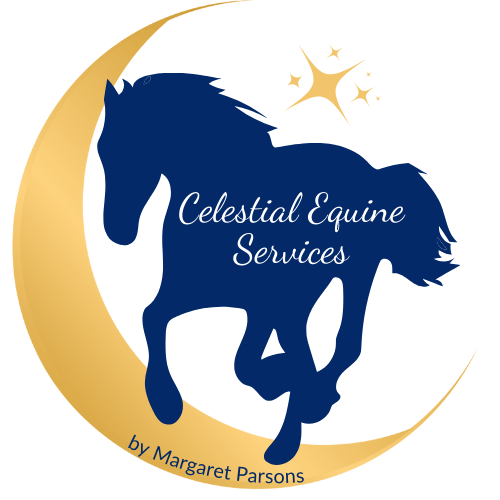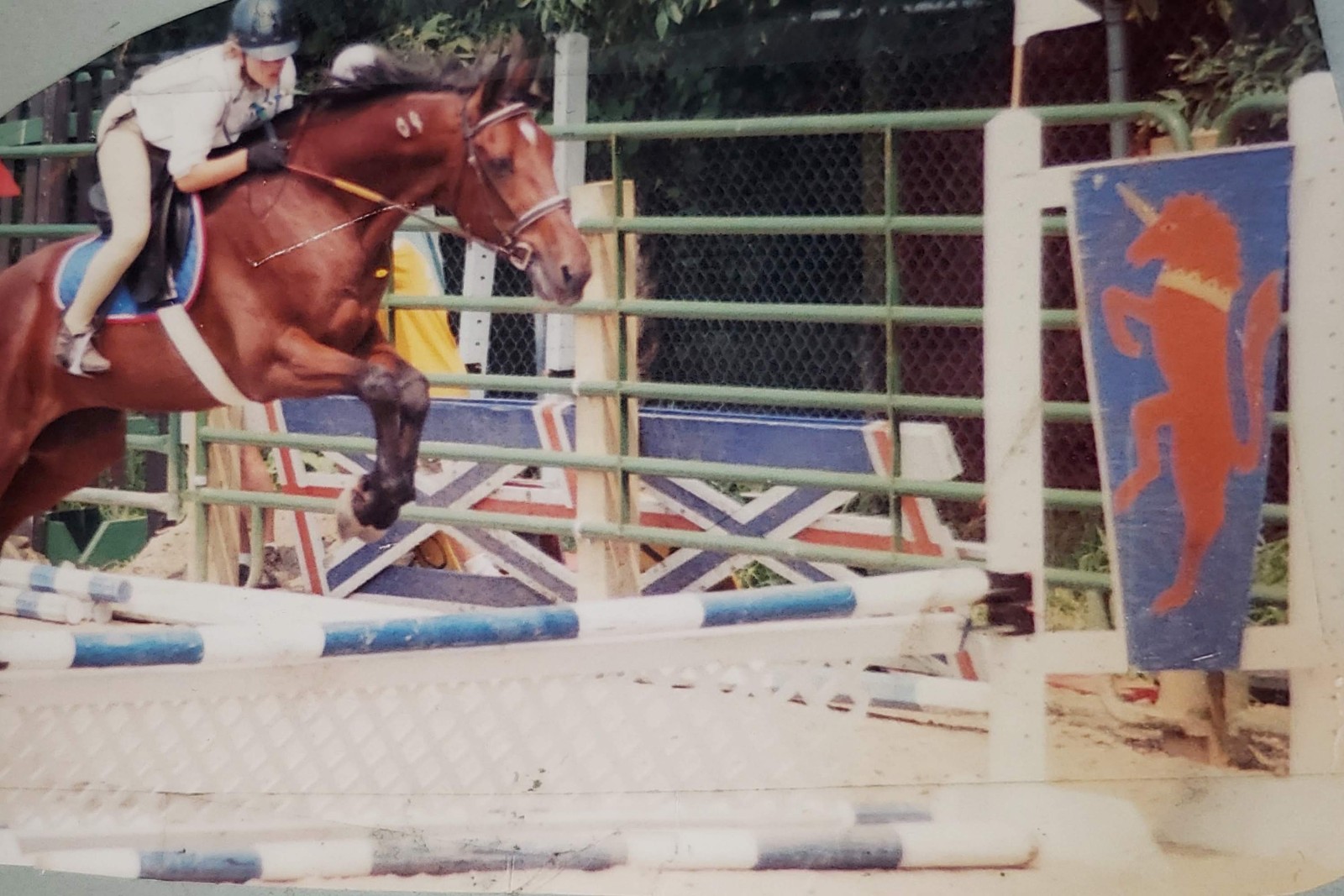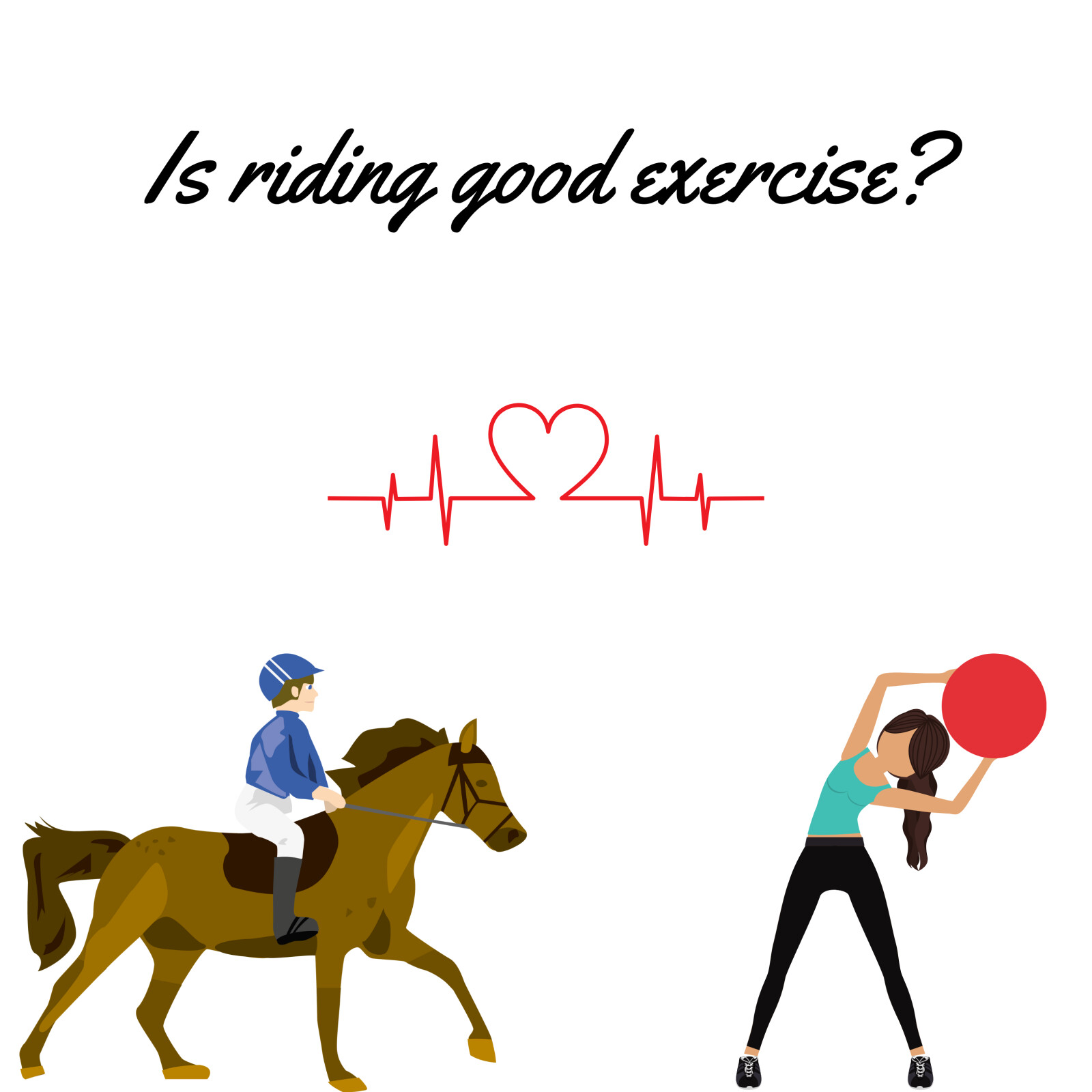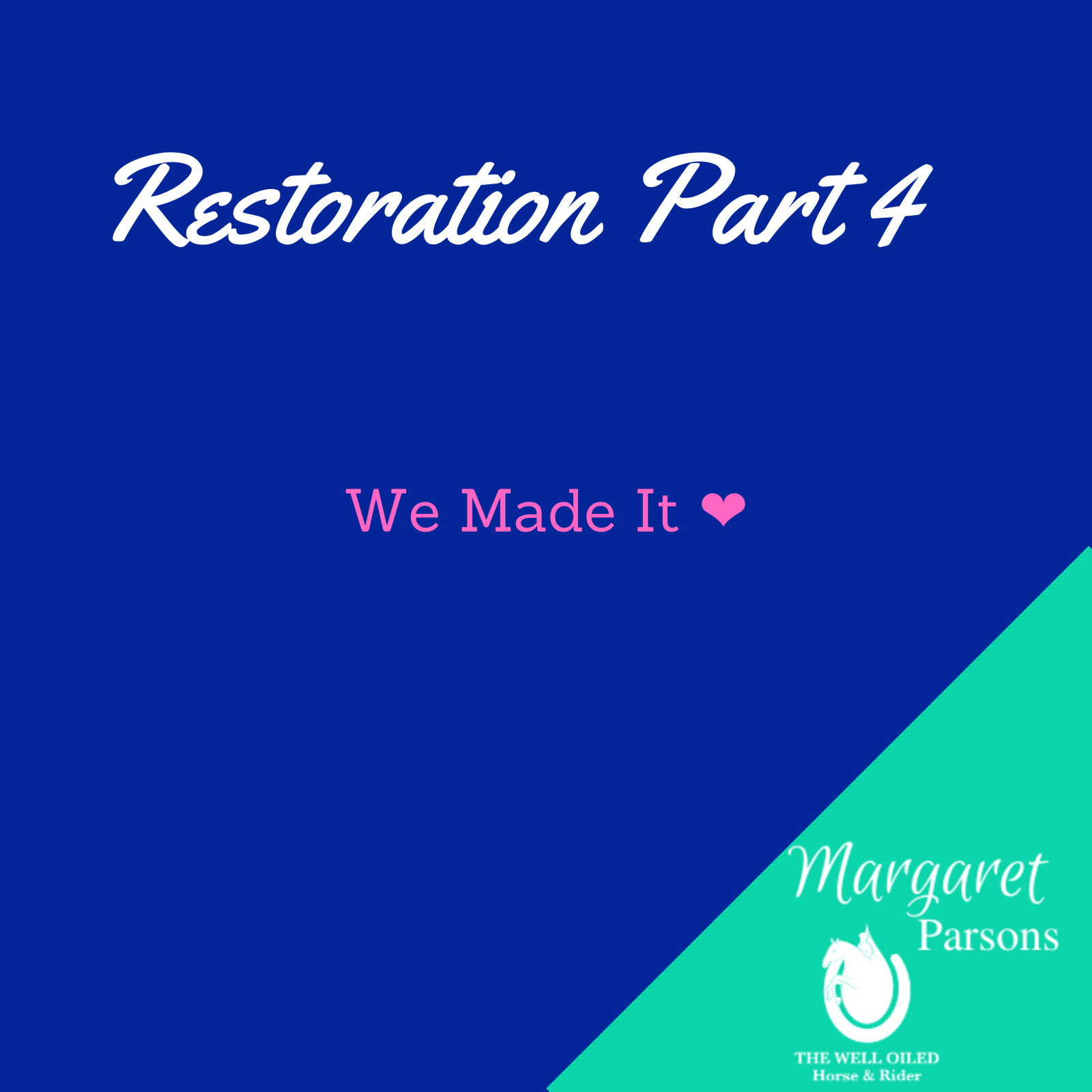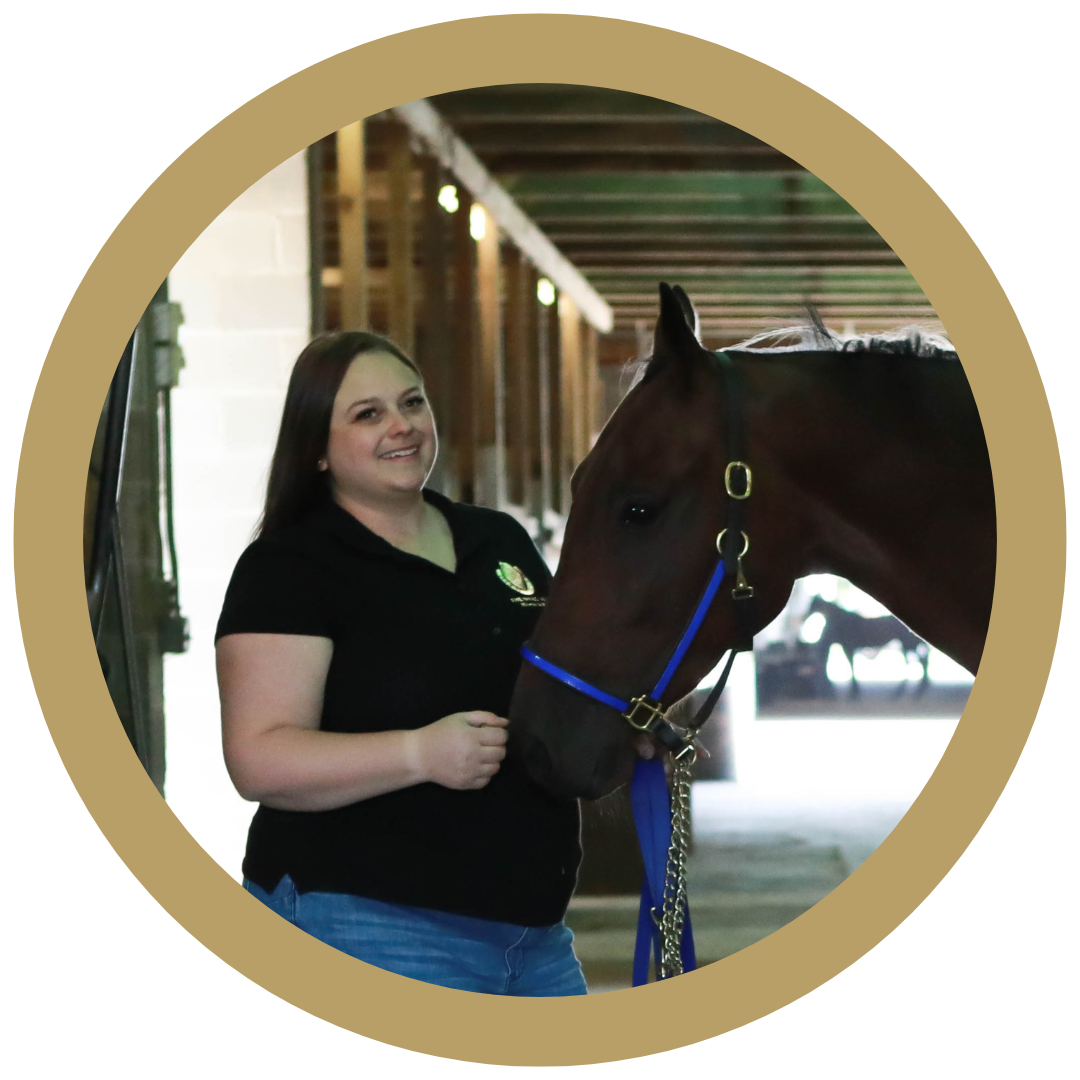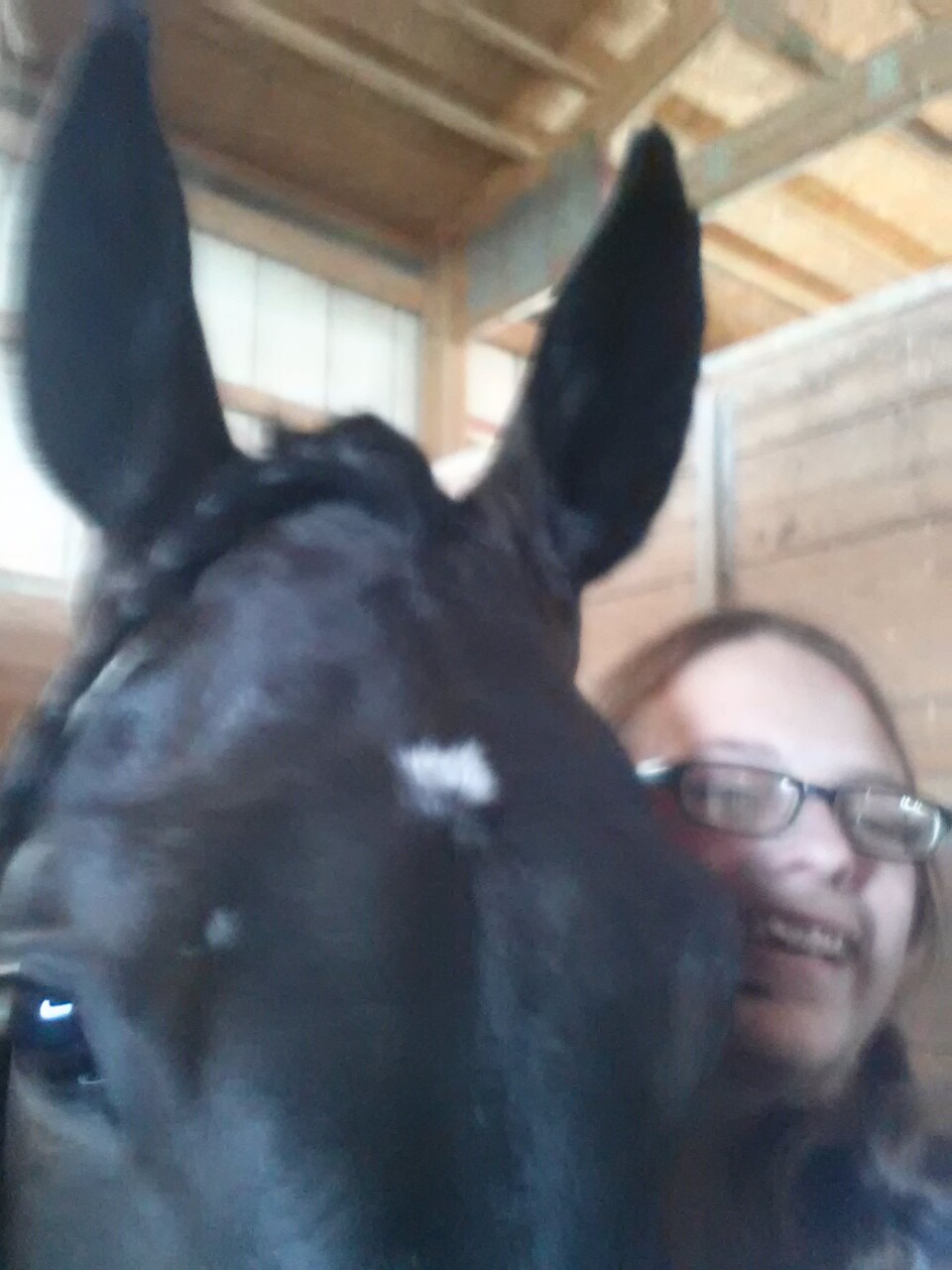
- Non-toxic to the horse.
- Just like the human body, toxicity is a huge problem for our animals.
- Easy to use.
Essential oils for horses can be used exactly in the same manner as with humans. Horses can inhale the oil directly from the bottle or from your hand. They can be placed directly on the body or placed in their feed.
Extremely beneficial for training and rehabbing horses.
I mostly train young or green horses, or re-train problem horses that have people problems! The emotional component of this training is the most difficult portion and it is what makes me good at my job. The oils are another tool for the toolbox. I can cut through training issues faster than I ever could before and I can see horses releasing emotional baggage before my eyes. Sometimes it is miraculous!
Good for riders too!
Riders are continually dealing with fears, insecurities, and nerves. These emotions and others affect our horse on a daily basis. The oils can help release many of these emotions, produce a synergistic effect between horse and rider, and ultimately improve our riding! In addition, a healthy rider/ caretaker can take much better care and be more of a participant in the horse/ human relationship.

I remember barely touching on the subject of biomechanics when I was growing up. Luckily, the way I was trained to ride already took biomechanics into consideration. However, there is something to be said about having a personal understanding of biomechanics and the ramifications of not riding/ training in accordance to the natural biomechanics of the horse.
When I really started to explore the topic of biomechanics, I slowly began to realize that there were horses in my past that I did wrong simply by not understanding their biomechanics. I had horses that would consistently knock poles in show jumping or refuse a lead in our dressage tests. I also had horses that would not quit tossing the head! UGH! It was all so frustrating at the time… and each of those horses were rehomed so I could get a horse that wasn’t quite so difficult.
If only I knew then what I know now...
Biomechanics is the study of structure, function, and motion of the muscles, ligaments, and tendons of the horse.
Did you know the following injuries and shortcomings of the horse are directly caused by improper riding/ training techniques?:
Over-reaching, knocking poles, failure to pick up a lead, hunter's bump (aka- rotated sacrum), and head tossing.
In addition to these common issues, improper riding/ training that doesn't consider proper biomechanics causes the horse to tense in certain areas which will lead to 1) pain; 2) overuse of some muscle groups and underuse of others, and 3) higher risk for injury.
There are definitely other contributing factors to consider besides riding and training methods. For example, how your horse’s feet are shod can directly influence the way your horse moves. This also means that changing the way your horse is shod will directly impact your ride.
By understanding the structure and function of all of your horse's moving pieces, you will be able to get out of their way. Your horse will be able to reach their highest potential and you can worry a little less about a potential injury.
It is important to note that when you find that your horse’s biomechanics have been impeded in some way, they will most likely be sore or even dead lame, depending on how long it took you to discover the problem. In this case, you will need a good CESMT that is familiar with the causes of pain and biomechanics. If you aren’t in my working radius, you will find a highly qualified CESMT here.
I would love to invite you to join me in my Naturally Minded Horse Lovers community on Facebook where we talk more in-depth about biomechanics and other natural ways to support your horse 😀
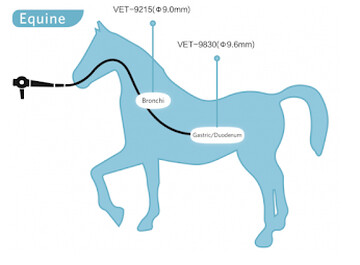
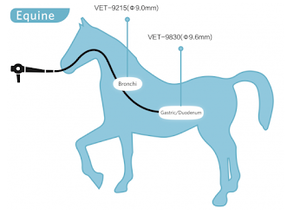
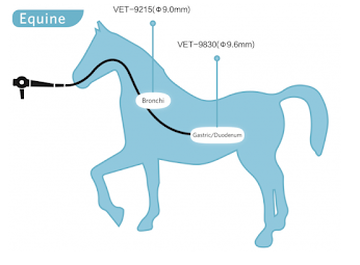
Interested in more information like this? Join my Happy Horse, Happy Life community on Facebook!
